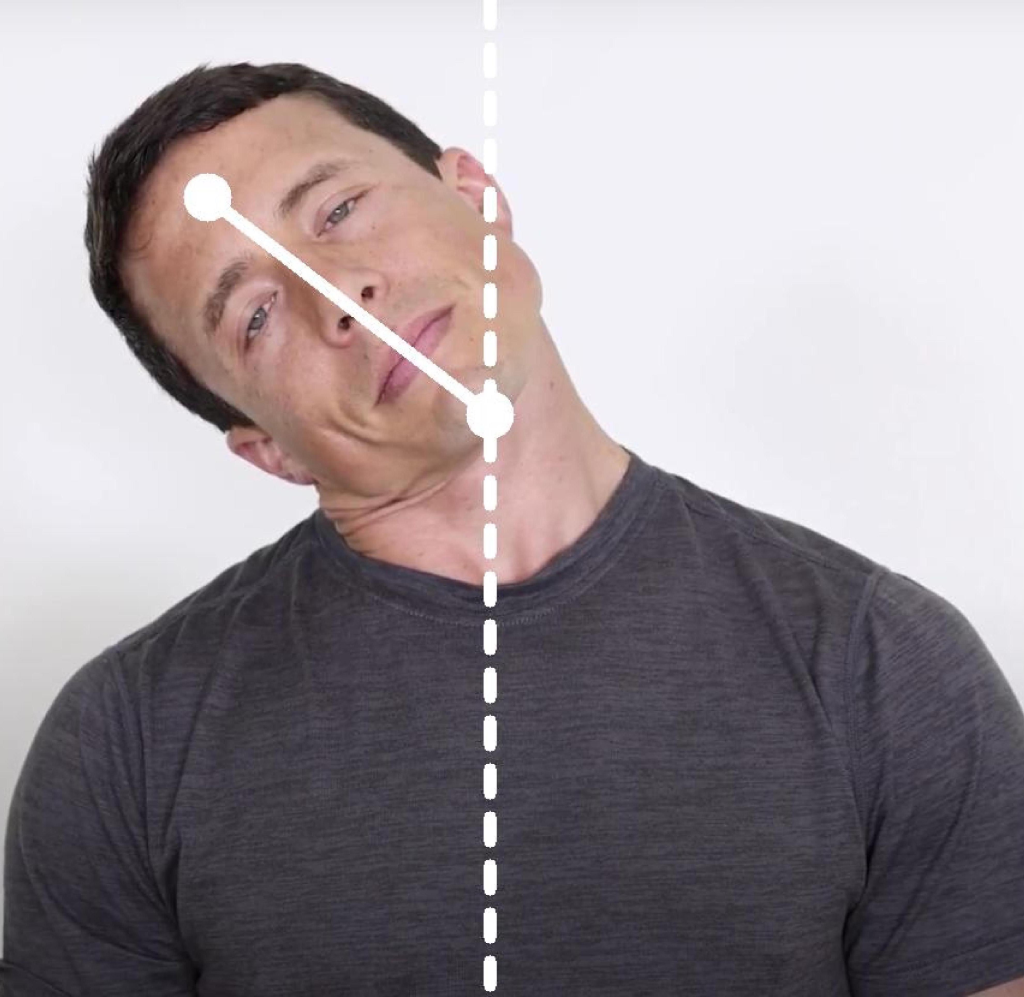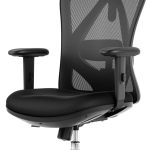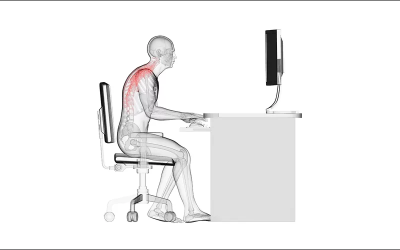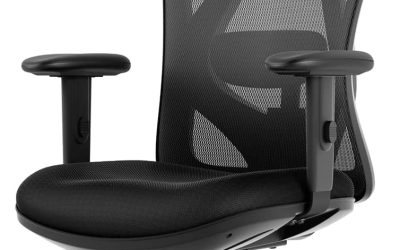
Tech neck syndrome is highly prevalent in today’s generation due to the constant use of phones, tablets, computers, and every other device that draws your attention toward it for hours on end. Check your current screen time and that would probably give you the simple answer for your aches and pains around the neck, shoulder, back, fingers and even thumb pain. These issues are common in both adults and children of all ages. In this article we go through what is tech neck and different methods of how to get rid of tech neck.
What is tech neck?
Tech Neck is a syndrome that involves an overuse injury of the cervical spine. This occurs from the repetitive stress of prolonged forward head flexion while looking down at the mobile screen. It is also called the ‘text neck’ syndrome.
Measure your neck with Neck Check Up
Click here to complete 4 neck range of motion exercises in under a minute. Instant Range of Motion measurements.

Adjustments to prevent tech neck (Smartphone behaviour/ workstation design)
There are some adjustments you can do to help prevent tech neck symptoms or reduce them. Some of them are:
- Taking frequent rests from the phone.
- Doing a few stretches and doing specific cervical (neck) range of motion exercises.
- If your workstation permits then, you can use a phone or laptop elevation board to bring your device up to eye level. This can reduce the angle of neck flexion required as that is the main contributor of the tech neck syndrome.
- Setting an alarm every 15-20 minutes that remind you to correct your posture. This will also help reduce the strain on your neck and upper back.
How to treat tech neck?
The treatment for tech neck can either be done by the patient himself or by a therapist.
The smartphone behaviours and modifications mentioned above and the stretches/exercises mentioned below are things you can do yourself alleviate this pain.
The therapeutic intervention may involve the following:
- Stretching: While the patient can do stretching by themselves, a physiotherapist may also be able to assist in stretching to ensure that it is done correctly.
- Postural re-education: Often a tech neck syndrome leads to something known as the ‘forward head posture.’ This causes the patients neck to protrude forward leading to a maladaptive posture. This incorrect posture sustained for long hours causes muscular imbalance because it shortens specific muscles and lengthens other muscles and neither of them are then able to contract optimally.
- Cervical core endurance exercises: Certain cervical muscles help in maintaining the cervical spine in a correct position. These muscles need to be strengthened but also need to be trained for endurance to avoid fatigue.
- Cervical manipulation: This technique can be used to relieve muscle spasms. However, since the cervical spine is surrounded by spinal nerves; manipulations must be done only by those who are trained to do them
- Cervical traction: This is a method in which a belt is put around the cervical area and attached to a traction machine. This can induce muscle relaxation and help reduce the pain
Tech neck exercises
The exercises given below are some range of motion exercises for the neck and back (cervical spine, thoracic spine and the muscles surrounding it). They should be done gently and within the limitations of pain, without overstretching or inducing intolerable pain.
(All images are taken from Kisner Carolyn and Lynn Allen Colby. 2012. Therapeutic Exercise: Foundations and Techniques. 6th ed. Philadelphia: F.A. Davis.)
- Chin tucks: It is a simple exercise that can be done at home or at work. Initially, it can be done in a sleeping position with pillows under the head.
- Scapular retractions: this exercise can help with the correction of the position of the scapula (shoulder blade) which has an effect on the position of the neck. To do this exercise, one must try to touch their shoulder blades together.
- Trapezius stretching: This exercise helps stretch the trapezius muscle which is known to go into a spasm.
- Levator scapulae stretching: This is another common muscle that goes into a spasm along with the trapezius. Stretching this muscle is important to gain a complete cervical range of motion.
- Stretching of the scalenus muscle: Another known muscle that restricts the complete cervical range of motion.
- Neck flexion and extension range of motion exercise
- Self-resisted isometric neck flexion and extension
How do I get rid of my tech neck naturally?
The good news with the treatment of tech neck is that it can all be done at home, by you.
The aforementioned smartphone behavior changes, workstation design, and the mentioned exercises are all the best ways to get rid of your tech neck.
All of the exercises shown can be done at work or at home. Most of them can even be done while being sat at your work desk! They are super easy and do not take up a lot of your time but will help with your tech neck symptoms drastically.
How long does it take to get rid of the tech neck?
There is no fixed time for how long a tech neck is cured. The duration can vary depending on the severity of your condition and on how much time and effort you put into changing your habits at work. How frequently and consistently you exercise also matters and can affect the time required to cure your symptoms.
What is the fastest way of getting rid of a tech neck?
There is no super quick way to get rid of a tech neck. The quickest way to get pain relief is to do a hot/cold water bath or to use a hot water bag over the area of pain. This can effectively reduce the symptom of pain but it will not help with the muscular imbalance that causes pain in a tech neck syndrome. The only way to get rid of the tech neck permanently is to make work modifications and to exercise and stretch frequently.






